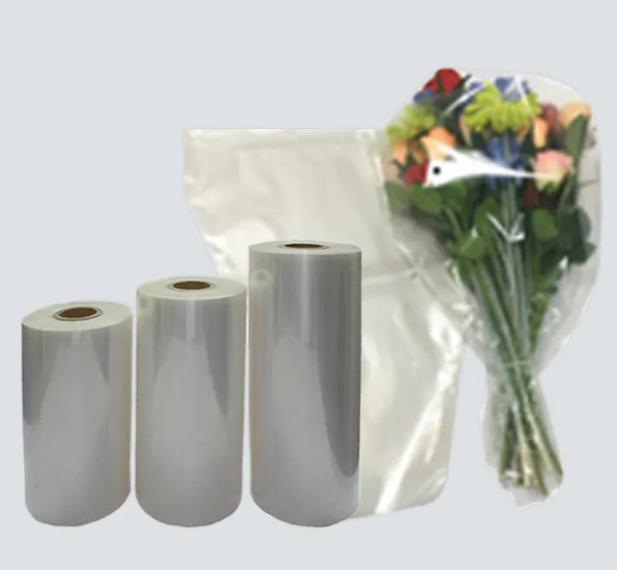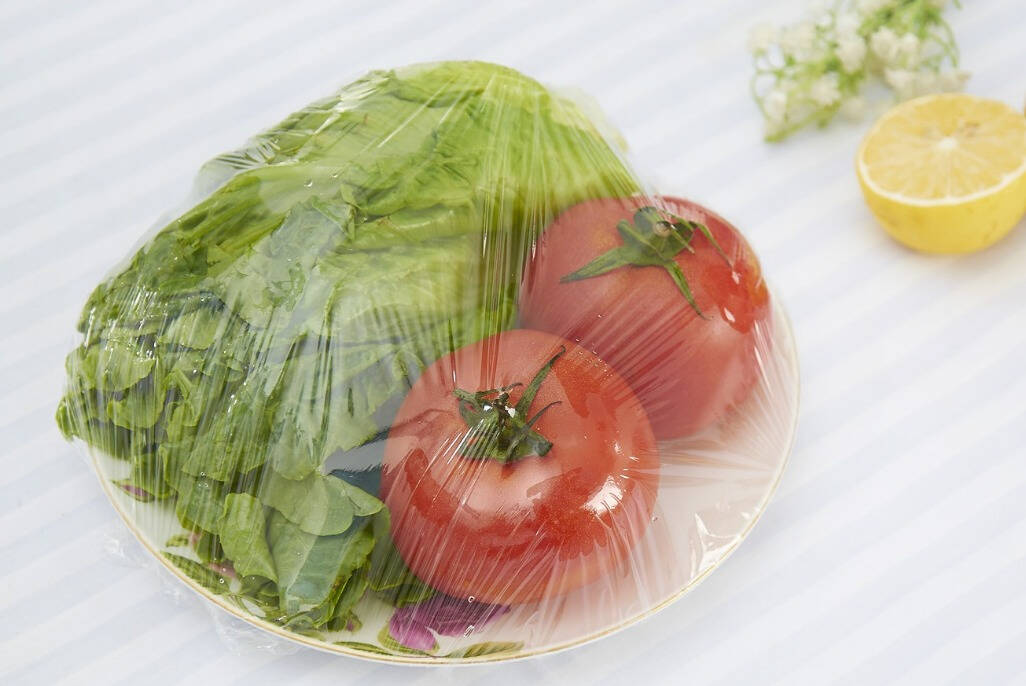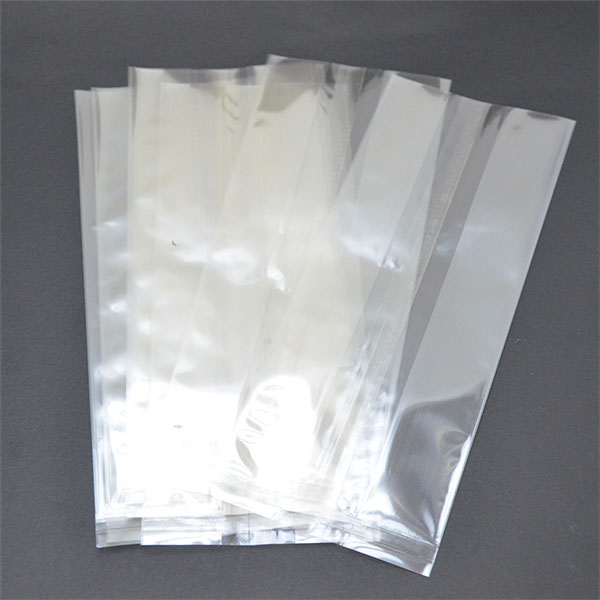As the global movement toward sustainability grows stronger, more consumers and businesses are turning to biodegradable packaging solutions. Among them, biodegradable films are widely promoted as eco-friendly alternatives to conventional plastics. But here’s the problem: not all biodegradable films are actually compostable — and the difference is more than just semantics. Understanding what makes a film truly compostable is essential if you care about the planet and compliance.
So, how can you tell whether your packaging film will harmlessly return to nature or linger in landfills? The answer lies in certifications.
Understanding Biodegradable Films: Materials and Applications
Core Biodegradable Film Materials for B2B Use
PLA Film (Polylactic Acid)
PLA is a thermoplastic polymer derived from renewable resources such as corn starch or sugarcane. Known for its clarity, strength, and compostability under industrial conditions, PLA film is suitable for a wide range of B2B packaging needs.
-
✅PLA Stretch Film
Designed for logistics and pallet wrapping, PLA stretch film offers strong tensile strength and flexibility. It is a biodegradable alternative to conventional PE stretch films and is compatible with both manual and automated wrapping systems.
-
✅PLA Shrink Film
This heat-activated film is ideal for multipack retail packaging. PLA shrink film is commonly used for printed shrink sleeves, promotional packs, and tamper-evident seals. With high transparency and excellent printability for branding, it decomposes in industrial composting environments.

-
✅PLA Barrier Film
Formulated with enhanced gas and moisture barrier properties, high barrier PLA film is ideal for vacuum bags, MAP (Modified Atmosphere Packaging), and food-safe pouches. It extends product shelf life while being compostable and can be laminated or coated for additional performance.
Cellophane Film (Regenerated Cellulose)
Cellophane is a biodegradable film made from natural cellulose obtained from wood or cotton. Cellophane film has been used in packaging for over a century and is now re-emerging as a favored eco-friendly material. It is naturally anti-static and breathable, making it suitable for packaging bakery goods, confections, and hand-crafted products. It can be coated to improve moisture and gas barrier properties and is home-compostable and safe for direct food contact.
Packaging Applications Across Industries
Food & Fresh Produce Packaging
The demand for biodegradable packaging in the food industry is growing rapidly as consumers become more health- and environment-conscious.
-
✅PLA Cling Film
Ideal for wrapping fresh fruits, vegetables, cheese, and deli items. PLA cling film is transparent and stretchable, similar to PVC film, but biodegradable and food-safe.
-
✅PLA Vacuum Bags
Used for meat, seafood, and perishable goods, PLA vacuum bags offer high oxygen and moisture barriers and are available in printed or clear versions.


-
✅PLA Mulch Film
PLA mulch films are biodegradable and offer a sustainable alternative to traditional plastic mulches. These films break down naturally in the soil, reducing plastic waste and the need for manual removal. They provide effective weed control, retain soil moisture, and promote healthy plant growth, making them ideal for eco-friendly farming practices.
-
✅Cellulose Sausage Casings
Cellulose casings, edible or peelable, are made from cellulose for sausage manufacturing, providing uniform shape and size while being breathable and safe for direct food contact.
-
✅PLA Fruit Bags
Designed for the produce section in supermarkets, PLA fruit bags are biodegradable and suitable for organic waste disposal.
Logistics and Industrial Packaging
Beyond consumer goods, biodegradable films are gaining popularity in logistics and industrial use. For example, PLA Stretch Film for Pallet Wrapping is used for wrapping pallets in warehousing and distribution. It offers tear resistance and load stability, reducing plastic waste at scale.
Stationery and Accessories Packaging
Brands offering sustainable lifestyle or gift products often require packaging that reflects their values. PLA card sleeves are used for greeting cards, bookmarks, stickers, and jewelry backer cards. They are clear, compostable, and customizable, providing a plastic-free retail-ready appearance.
Customization and Integration
YITO's biodegradable film suppliers often provide B2B clients with a range of customization options to align with brand identity and packaging system requirements.
-
✅Printing & Branding: Compatible with flexographic and digital printing using eco-friendly inks.
-
✅Size & Thickness Options: Available from ultra-thin wrap films to thicker pouches.
-
✅Private Label Services: OEM/ODM capabilities for global distributors and retailers.
Advantages of Biodegradable Film in B2B Supply Chains
Environmental Benefits
Biodegradable films reduce dependence on fossil fuels and significantly lower the carbon footprint. They break down into natural substances (CO2, water, biomass) under composting conditions.
Compliance and Market Access
These films meet international standards such as EN 13432 (EU), ASTM D6400 (US), and ISO 17088, easing access to environmentally regulated markets like the EU and California.
Branding and Consumer Trust
Biodegradable films help meet corporate sustainability goals, adding value through eco-labeling and clean packaging design. They appeal to retailers and consumers seeking greener alternatives.
Challenges and Considerations for Importers & Distributors
Cost Considerations
Biodegradable films may have higher unit costs than conventional plastics. However, long-term savings can be achieved through reduced environmental fees and positive brand perception.
Shelf Life and Storage
These films are sensitive to heat and humidity and must be stored in cool, dry conditions to maintain their integrity.
Sourcing and Certification
Importers and distributors should work with verified suppliers with certifications (e.g., TÜV Austria, BPI Compostable, OK Compost) to ensure traceability and transparency in the supply chain.
Choosing the Right Supplier: Key Questions to Ask
When selecting a supplier for biodegradable films, it is important to ask the following questions:
-
✅Is the film certified biodegradable and/or compostable?
-
✅IWhat regions or industries has the supplier served?
-
✅Can the supplier offer size, thickness, or print customization?
-
✅What are the MOQ (Minimum Order Quantity), lead time, and logistics capabilities?
-
✅Are private label or OEM services available?

Final Thought: Certification Isn’t Optional — It’s Essential
For importers and distributors, transitioning to biodegradable films is more than a trend—it's a long-term strategy for sustainability, compliance, and brand leadership. With rising global demand for eco-friendly materials, now is the time to invest in responsible packaging that meets both market needs and environmental responsibilities. By understanding the types, properties, and applications of PLA and cellophane films, B2B stakeholders can make informed decisions that drive value across the supply chain. Choose the right partner, educate your clients, and take a bold step toward a more sustainable packaging future.
Related Products
Post time: Jun-09-2025



